Nasa’s Artemis outpost: leak reveals plan for manned lunar base
US space agency aiming to launch 37 rockets to the Moon within next decade
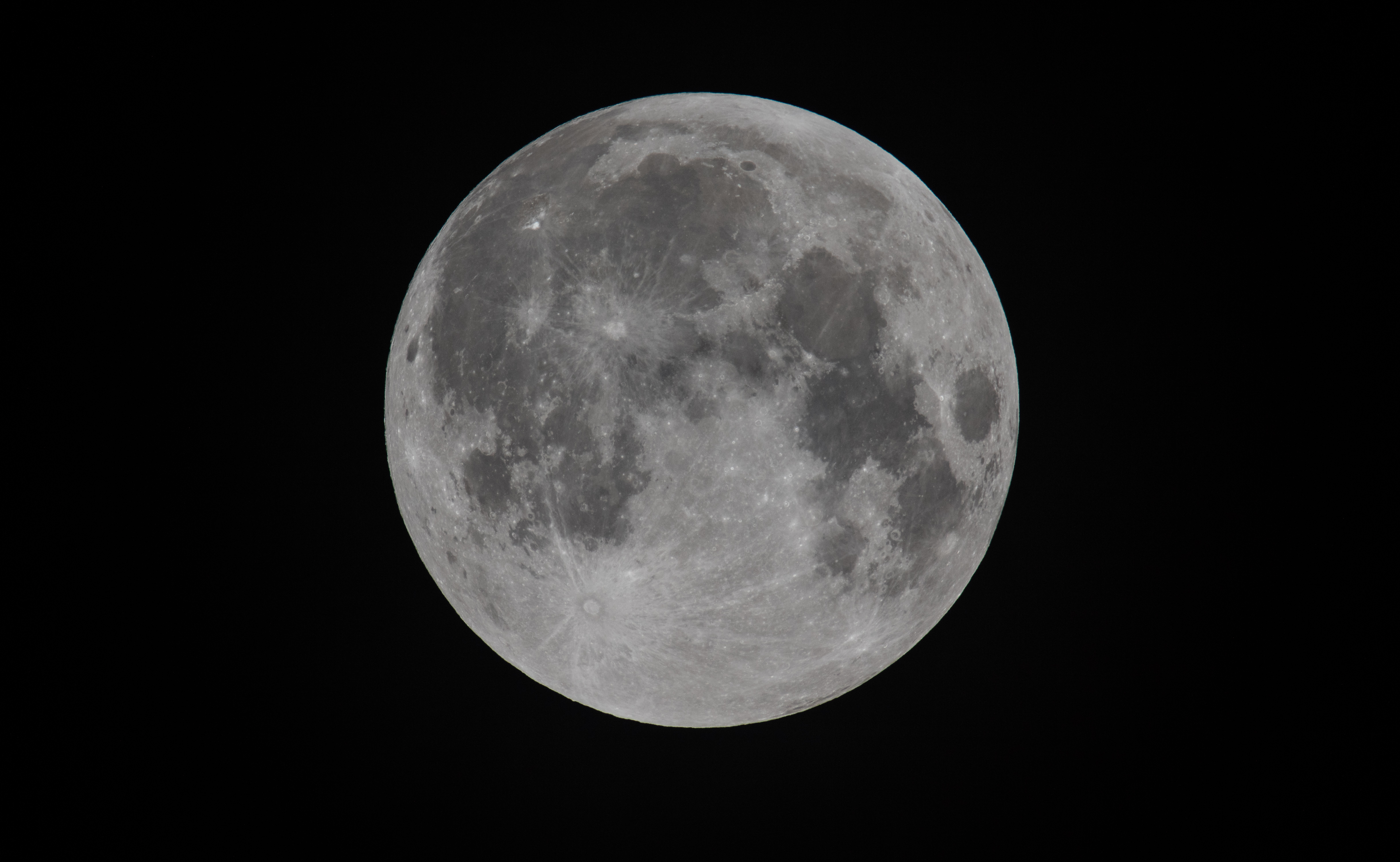
Nasa is planning to set up a permanent lunar base manned by people and robots by 2028, according to leaked internal documents.
The files, obtained by Ars Technica, outline a total of 37 planned rocket launches to the Moon over the next decade as part of a mission code-named Artemis, after the Greek goddess. And the first human landing is scheduled to take place just five years from now.
A small space station orbiting the Moon - dubbed the “Lunar Gateway” - will serve as a stop-gap for astronauts heading down to the surface, the tech news site reports.
The Week
Escape your echo chamber. Get the facts behind the news, plus analysis from multiple perspectives.

Sign up for The Week's Free Newsletters
From our morning news briefing to a weekly Good News Newsletter, get the best of The Week delivered directly to your inbox.
From our morning news briefing to a weekly Good News Newsletter, get the best of The Week delivered directly to your inbox.
The leak come two months after US Vice President Mike Pence called on the space agency to send astronauts back to the surface of the Moon by 2024 - four years earlier than originally planned and for the first time since 1972.
Addressing the National Space Council in March, Pence said the US “must remain first in space in this century as in the last” in order to “propel our economy and secure our nation”, according to Space.com.
“The rules and values of space, like every great frontier, will be written by those who have the courage to get there first and the commitment to stay,” Pence said.
How long has the plan been in the works?
A free daily email with the biggest news stories of the day – and the best features from TheWeek.com
Although Pence only recently announced the scheduled Moon return, plans to establish a lunar base have been on the cards for some time.
The vice president announced last August that Nasa hoped to send US astronauts to a new lunar station as early as 2024, with human landings on the Moon then expected to take place in the following years, The Verge notes.
The Lunar Gateway will be available for use by space agencies across the globe, and will be vital for the construction of Nasa’s Moon base.
Ars Technica says that the space station will be used to “stage elements of a lunar lander there, fly crews to the Moon and back, and conduct refuelling missions”.
Why does Nasa need a Moon base?
Nasa is expected to use the facility to carry out scientific research about the Moon’s environment.
Last summer, Nasa chief Jim Bridenstine told Reuters TV that the space agency knows “that there’s hundreds of billions of tons of water ice on the surface of the Moon”, The Sun reports.
In a seperate interview with Space.com, Bridenstine explained that the US doesn’t just want to “go to the surface of the Moon, prove that we can do it again, and then be done. We want to go to stay.”
And the Gateway “enables us to get to more parts of the Moon than ever before”, he added.
The plan to establish a Moon base may also have been motivated by China, which is believed to be laying the groundwork for a permanent research facility on the lunar surface as well, the Daily Express reports.
Following the country’s Chang’e-4 lunar rover mission earlier this year, state-run broadcaster Beijing News reported that China would build a lunar base in the next decade to “accumulate experience for an eventual landing on the Moon and serve as a stopover as we fly to Mars”.
Who will take part in first human mission?
The mission will mark not only the time that humans have set foot on the lunar surface in 52 years, but also the first time that Nasa has sent women to the Moon, says CNN.
Indeed, only 12 people have walked on the Moon, all of them male American astronauts. However, women have worked on the International Space Station (ISS), including astronaut Anne McClain, who is currently on a space mission.
Has Nasa secured enough funds?
The US government is providing the funding, which will go towards both in-house technology and rockets source from third-party firms, such as Elon Musk’s SpaceX.
The US space agency has an annual budget of around $20bn (£15.75bn), but recently requested an extra $1.6bn (£1.26bn) for the the Artemis mission, says Ars Technica.
However, the site reports that inside sources claim the space agency may need between $6bn (£4.72bn) and $8bn (£6.30bn) more than its annual budget to complete the project - putting the whole scheme in potential jeopardy.
-
 Data centers could soon be orbiting in space
Data centers could soon be orbiting in spaceUnder the radar The AI revolution is going cosmic
-
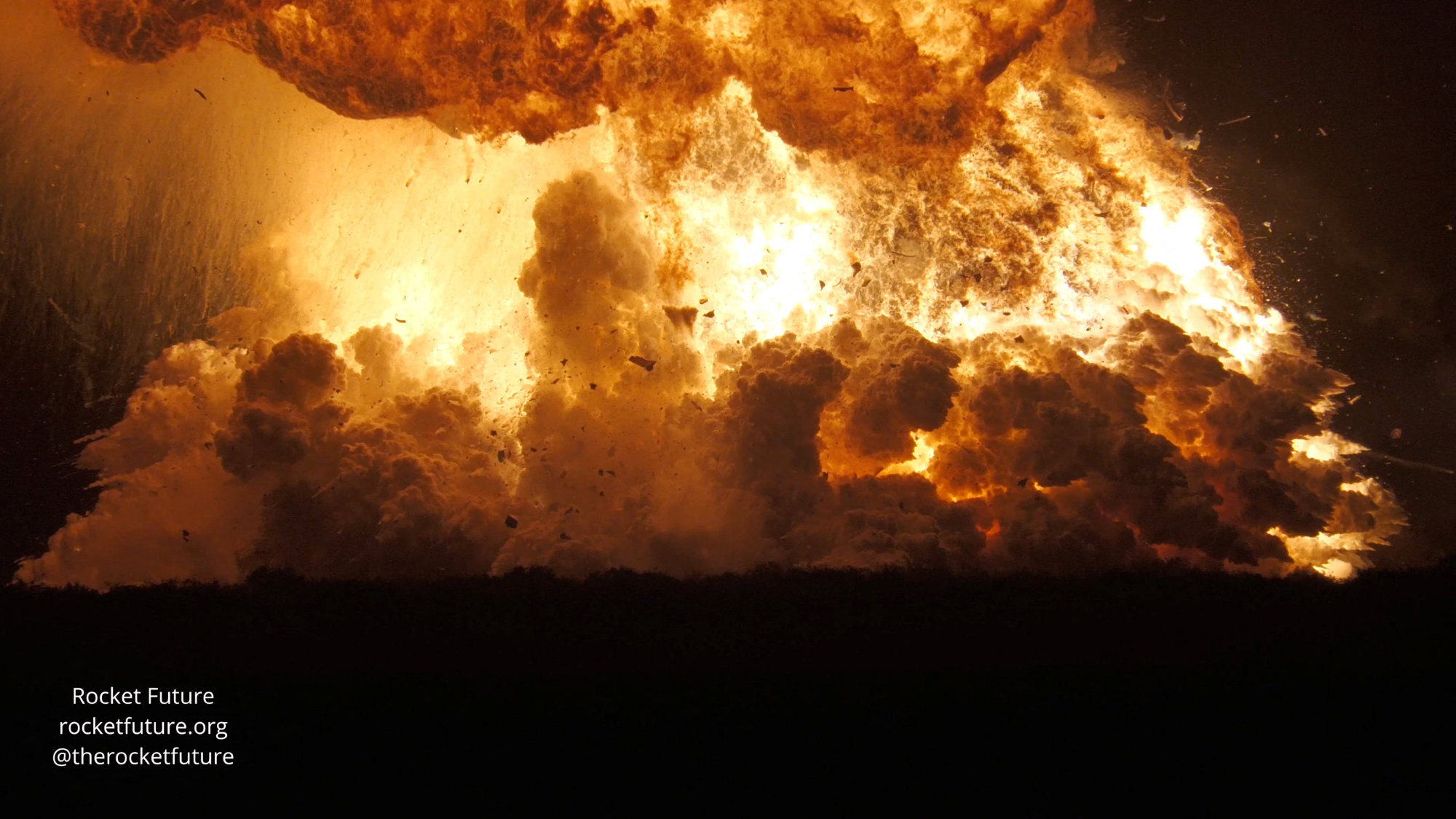 Another Starship blast sets back Musk's Mars hopes
Another Starship blast sets back Musk's Mars hopesSpeed Read Nobody was killed in the explosion, which occurred in south Texas
-
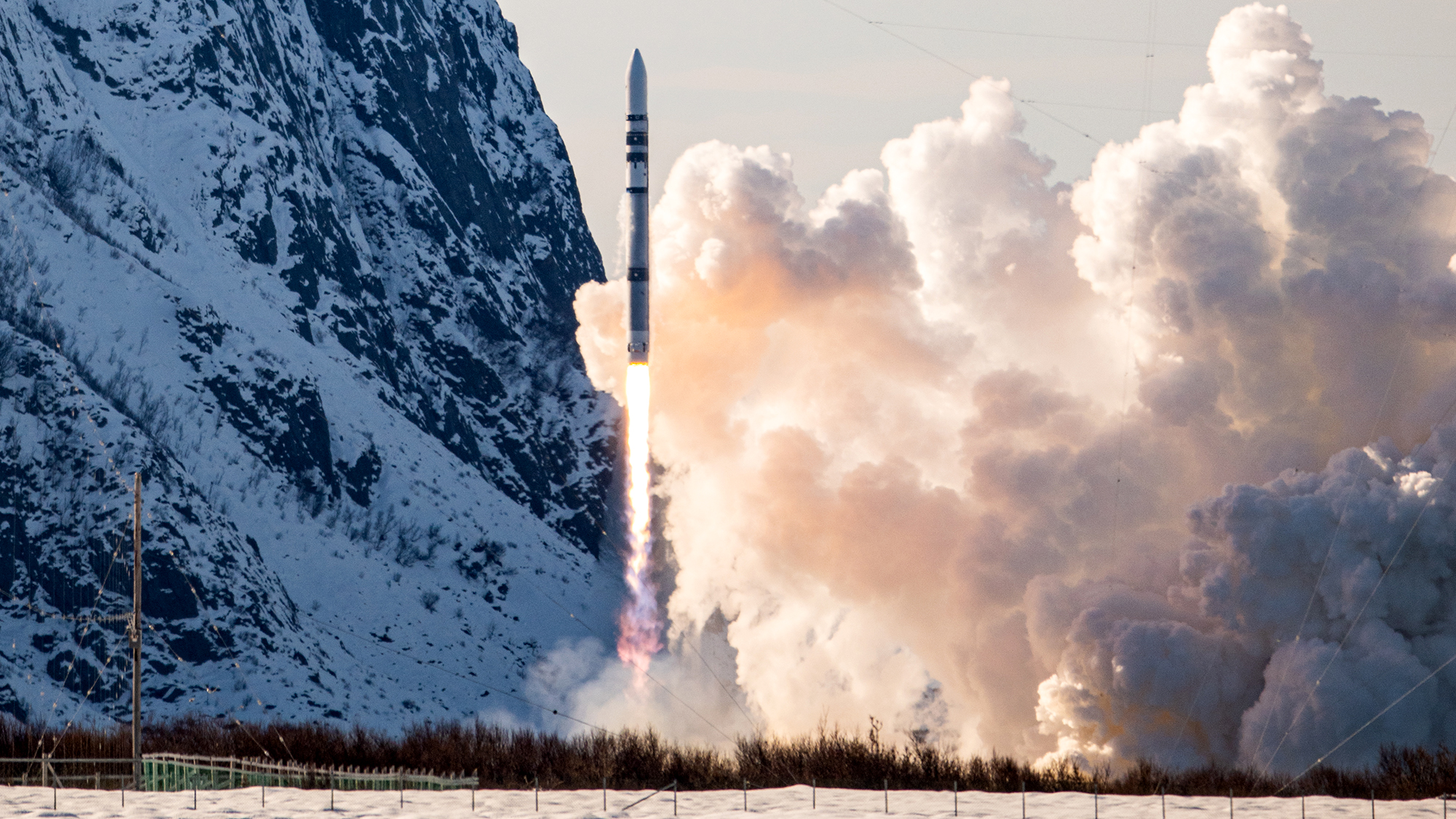 Test flight of orbital rocket from Europe explodes
Test flight of orbital rocket from Europe explodesSpeed Read Isar Aerospace conducted the first test flight of the Spectrum orbital rocket, which crashed after takeoff
-
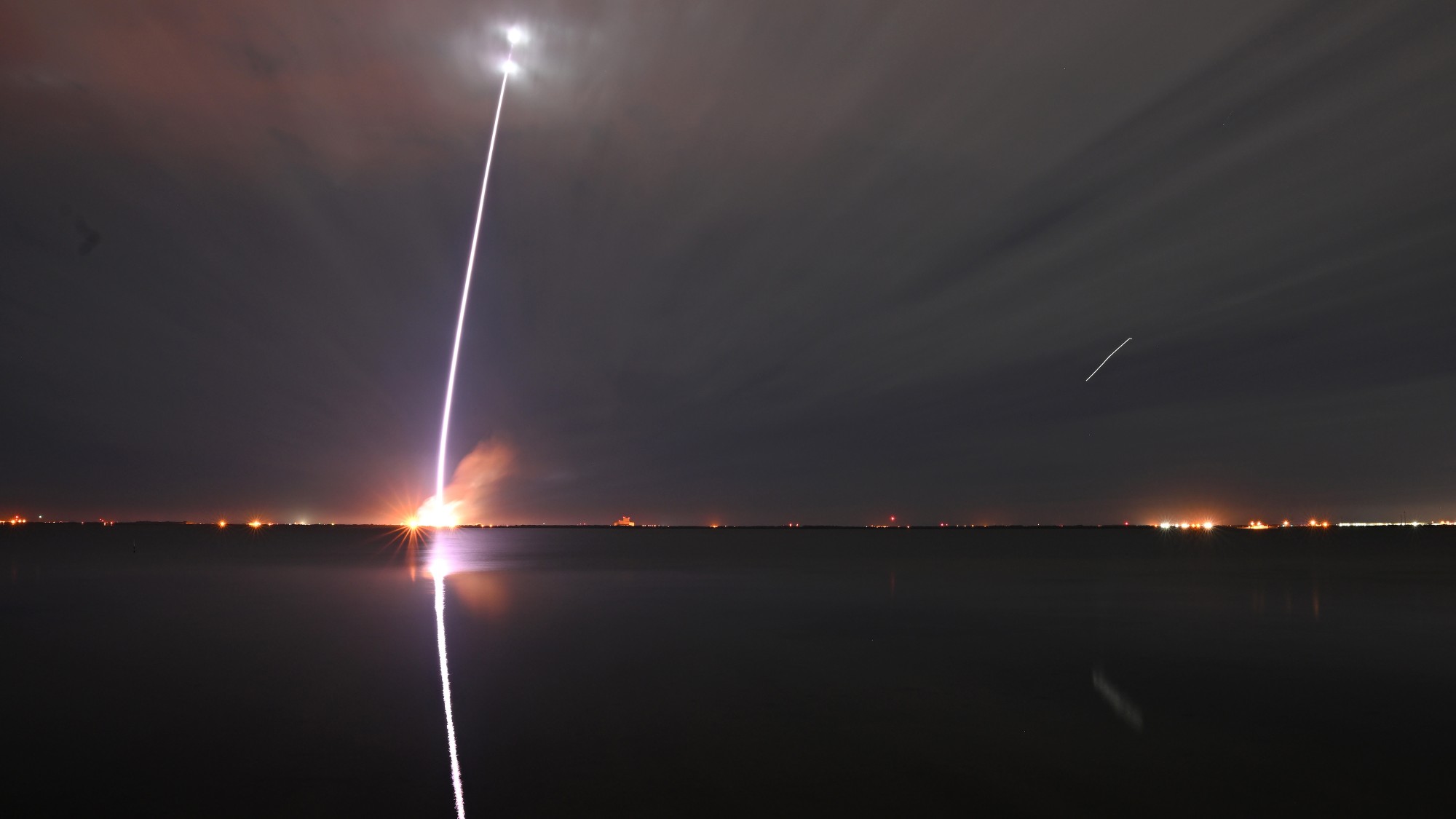 Jeff Bezos, Elon Musk and the billionaire space race
Jeff Bezos, Elon Musk and the billionaire space raceThe Explainer Tesla CEO and Amazon founder vie for dominance of satellite launch market and could influence Nasa plans to return to Moon
-
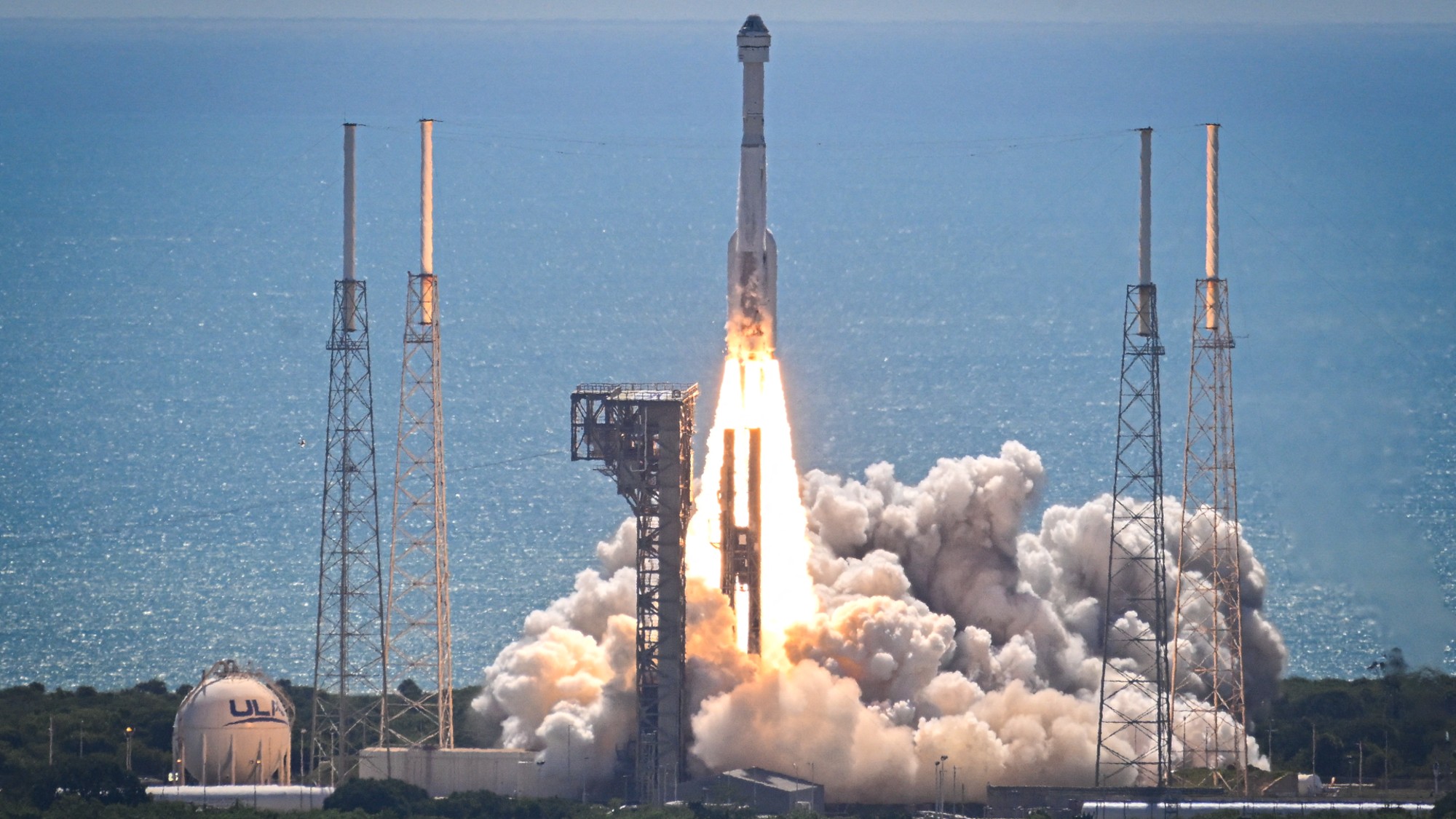 Starliner: What went wrong?
Starliner: What went wrong?Today's Big Question Boeing spacecraft has had a 'long, difficult road'
-
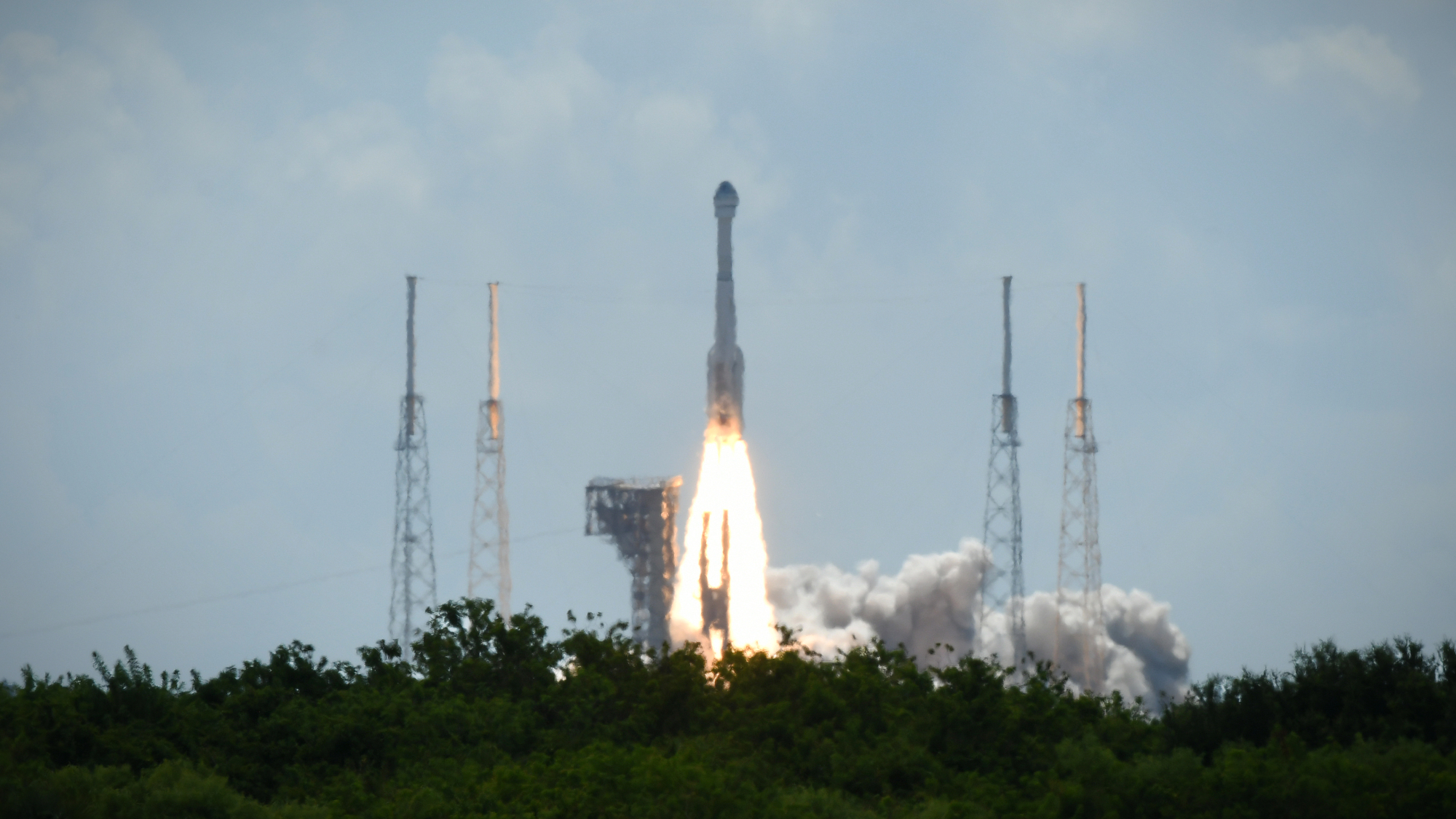 Boeing, SpaceX successfully test key rockets
Boeing, SpaceX successfully test key rocketsSpeed Read Boeing’s Starliner docked at the ISS and SpaceX completed its fourth test launch of its Starship spacecraft
-
 Nasa reveals first findings from asteroid that could explain origins of life
Nasa reveals first findings from asteroid that could explain origins of lifeSpeed Read Sample from Bennu has been found to contain an abundance of water and carbon
-
 Dark side of the Moon: will the race to lunar South Pole spark conflict?
Dark side of the Moon: will the race to lunar South Pole spark conflict?Today's Big Question Russia and India are competing for the ‘new lunar gold’ – but real contest will be between the US and China


